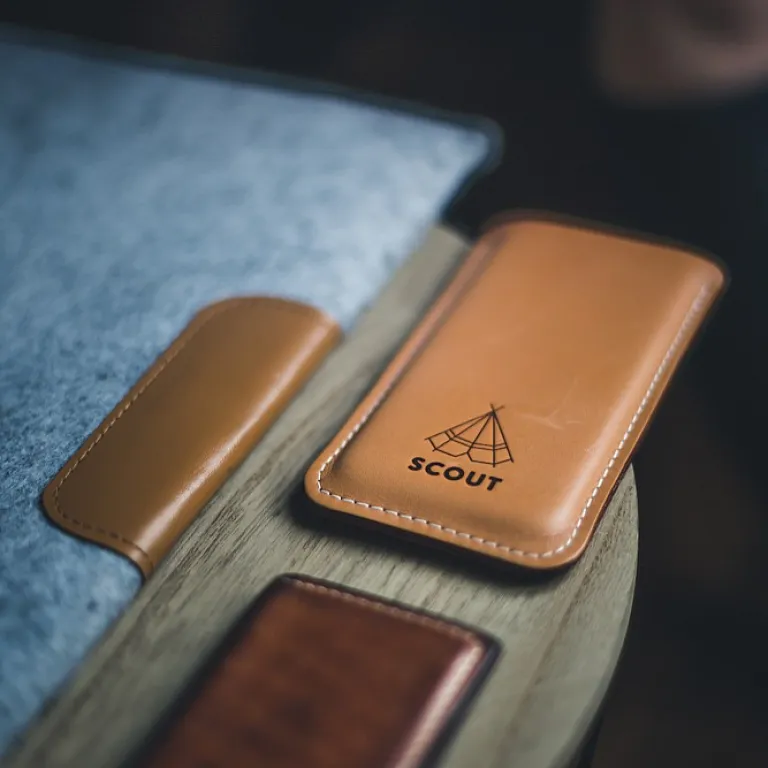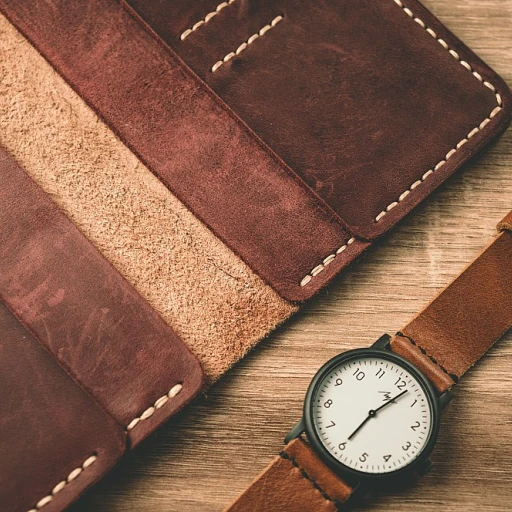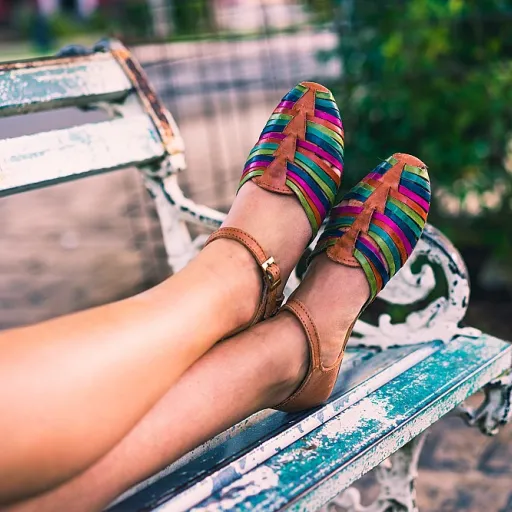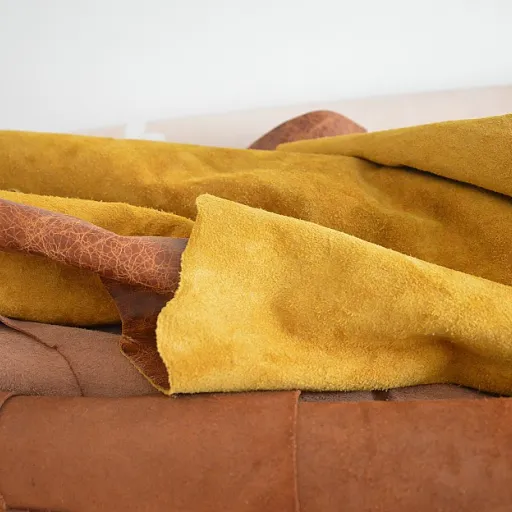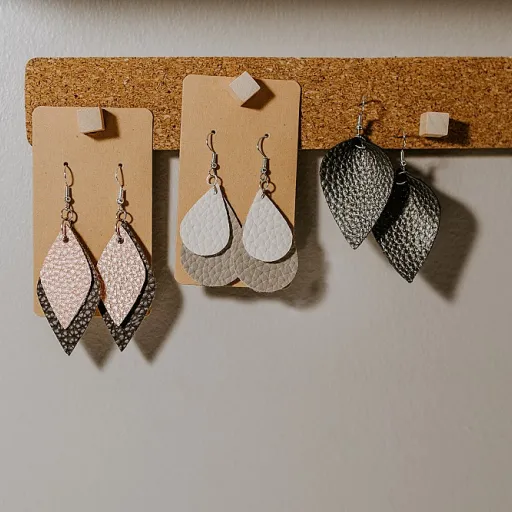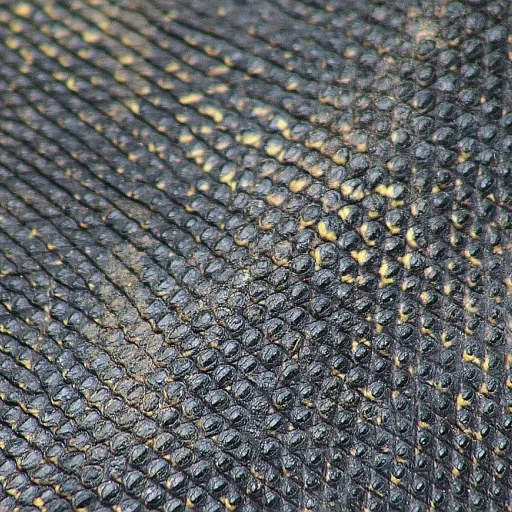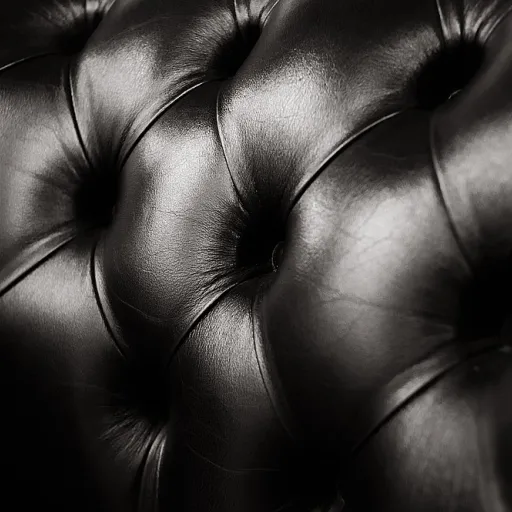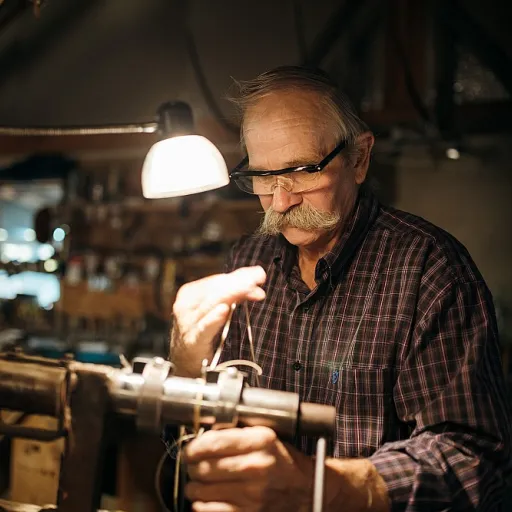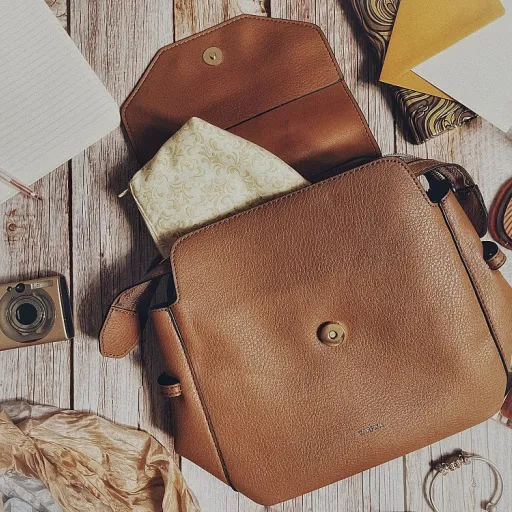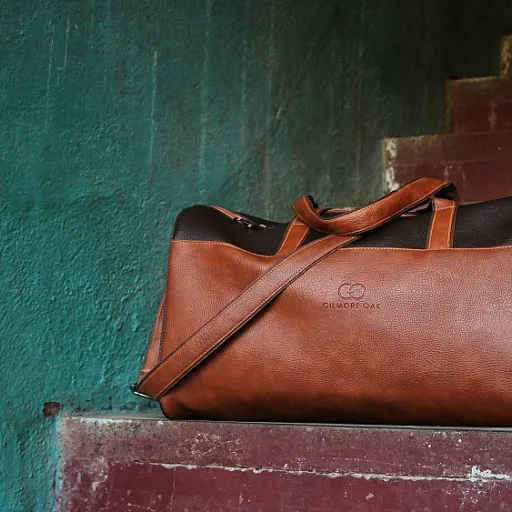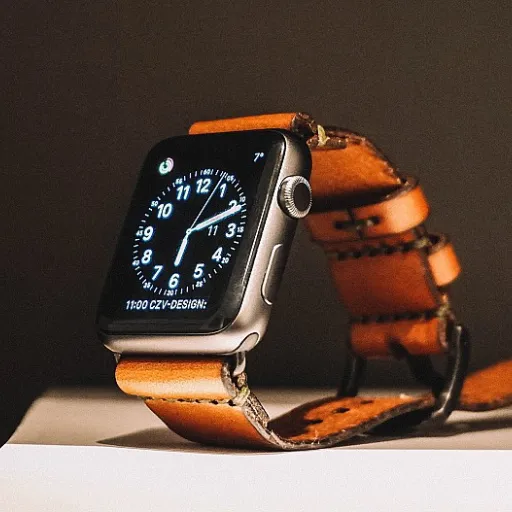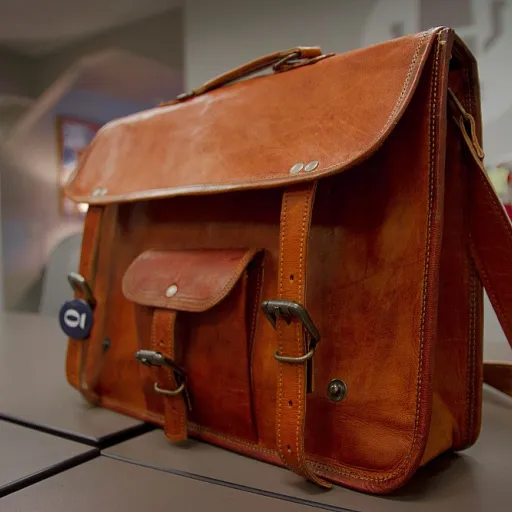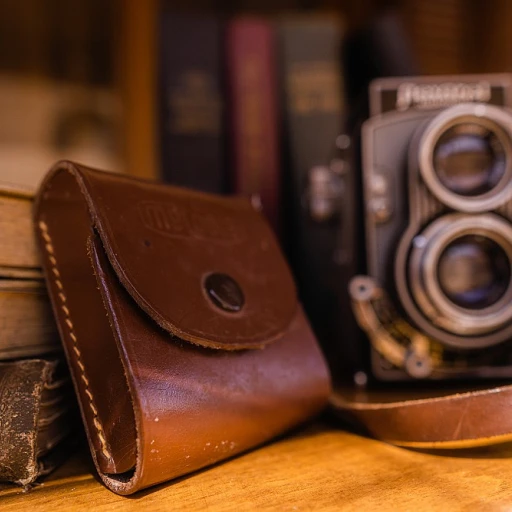
The Allure of Crafting Your Own Luxury Leather Goods
The fascination with crafting your own luxury leather goods is undeniable. There's a unique satisfaction that accompanies creating something with your own hands, especially when it comes to exquisite leather items like wallets. Whether you're searching for a pattern or a meticulous template, the journey of exploring the craftsmanship is as rewarding as the final product itself.
The Journey from Inspiration to Creation
Beginning with the idea of fashioning a leather wallet might seem daunting, but it can also be an exceptionally fulfilling endeavor. With an array of free patterns available, from wallet PDFs to intricate bag pattern downloads, there's a wealth of options at your disposal. These free resources make the art of wallet crafting accessible to everyone, regardless of their level of experience.
The Choice of Materials
Choosing the right leather is the first step in the creation process. The type of leather you select affects the final product's appearance, durability, and price. The range includes everything from a leather bag pattern to a card wallet template set. Each option has its own allure and functionality, allowing you to tailor the project to your specific needs.
From Tools to Techniques
Once you've settled on the right leather, assembling the proper tools and materials is essential. Each piece, from DIY leather pouches to a bifold wallet, requires a distinct set of tools to ensure precision and quality. Essential tools might include leather templates, card holder patterns, or even a pocket card wallet kit, allowing you to focus meticulously on the craft of making your own wallet.
Understanding Leather Types and Their Impact on Wallet Crafting
Deciphering the Value in Leather Types
When embarking on the journey of crafting your own luxury leather wallet, understanding the various types of leather is crucial. Each type not only affects the final price but also influences the crafting techniques you will employ.
Consider these key leather varieties commonly used in wallet making:
- Full-Grain Leather: Celebrated for its durability and unique texture, full-grain leather stands as a hallmark of quality. It retains the natural grain and develops a beautiful patina over time, making your wallet a true one-of-a-kind item.
- Top-Grain Leather: Slightly more refined than full-grain, this variant offers a smoother finish while still maintaining quality. It's typically more affordable and easier to work with, especially for beginners.
- Genuine Leather: Though lower on the luxury spectrum, genuine leather can still offer a decent quality at a reduced price. It's a viable option for those newly venturing into leather crafting.
Selecting the right leather type aligns with both your personal style and intended use—whether opting for a card holder or a wrap wallet. Alongside your chosen leather, sourcing the right template set or leather patterns—often available as a free pattern or free pdf download—can significantly simplify the process of wallet crafting.
Ultimately, the leather type and pattern elegance combine to elevate your crafted piece from a basic diy leather project to a luxury item boasting craftsmanship consciousness.
Essential Tools and Materials for Leather Wallet Crafting
Gathering Your Leather Craft Arsenal
Venturing into the world of DIY leather wallet making demands a comprehensive set of tools and materials. Fortunately, building your toolkit doesn’t have to break the bank. Here’s a concise guide to essential implements you’ll need for crafting luxury leather goods.
- Leather: Understand the role different leather types play in determining the wallet's texture and durability. Source high-quality leather for a professional finish.
- Patterns and Templates: Download free PDF templates to guide your wallet design. A well-thought-out template set will ensure your wallet pattern aligns perfectly.
- Cutting Tools: Obtain a sharp utility knife and quality leather scissors to achieve clean cuts on leather patterns.
- Hole Punches: Invest in a hole punch set for precise card pocket placements and stitching holes.
- Stitching Kits: Essential for assembling your leather wallet, stitching kits usually include strong waxed thread and quality needles.
- Adhesive: Leather glue to secure layers before stitching is a must-have, preventing unwanted shifts during assembly.
- Finishing Tools: From edge bevelers to burnishing sticks, these items add a polished finish to your card holder or bifold wallet.
Each tool ensures your creative process proceeds smoothly. For those who aspire to widen their crafting repertoire, the availability of free patterns offers a robust foundation for your leatherwork journey. Dive deeper into patterns with our detailed guide on bag template crafting.
Step-by-Step Guide to Using Free Leather Wallet Patterns
Master the Art of Using Patterns with Precision
Creating your leather wallet masterpiece involves understanding the intricacies of pattern usage. Utilizing free patterns, available in formats such as PDF, can streamline your crafting process significantly. To begin, identify the type of wallet you wish to create - be it a bifold wallet, card wallet, or a wrap wallet - and download the appropriate pattern free of charge. Start by selecting the leather patterns that correspond to the chosen style. Ensure you have all necessary patterns by downloading a complete template set. Once you have these printed and ready, it's time to place the templates over your leather piece. Utilize DIY tools like a pattern template, sharp cutting blade, and ruler to cut your leather accurately, ensuring each edge aligns perfectly with the next. When applying these patterns, attention to detail cannot be overstated. Allow time for double-checking the alignment of your templates with the leather surface before you proceed, as precision is crucial in avoiding costly mistakes. Many crafters prefer sturdy leather like a leather passport variety or the timeless allure of belting leather for traditional and refined looks. As you move forward in crafting, consider incorporating additional pockets or a card holder to tailor the wallet to your needs. The personal touch in the creation phase can transform a simple bifold wallet into a sleek and functional masterpiece. Remember, practice leads to perfection, and with each pattern employed, you're not only crafting a wallet but cultivating a skillful art form. Be sure to prepare your workspace with the right tools and dedicate ample time to apply and finesse these techniques properly. The end result will be a testament to your craftsmanship, reflecting the unique allure of the luxury leather goods you have crafted with your own hands.Customizing Your Leather Wallet for a Personal Touch
Adding a Unique Flair to Your Leather Wallet
Once you've mastered the basics of crafting a leather wallet using free patterns, it's time to infuse your creation with a personal touch. Customizing your leather wallet not only enhances its aesthetic appeal but also makes it uniquely yours. Here are some ways to personalize your wallet:
- Choice of Leather: Selecting the right type of leather is crucial. Consider the texture, color, and finish that resonate with your style. Whether you opt for a classic smooth finish or a rugged distressed look, the leather you choose will set the tone for your wallet.
- Color and Dye: Experiment with different dyes to achieve the perfect hue. You can create a striking contrast by using a bold color for the exterior and a subtle shade for the interior pockets.
- Stitching Style: The stitching can significantly impact the overall look of your wallet. Opt for contrasting thread colors or intricate stitching patterns to add an element of sophistication.
- Embossing and Engraving: Personalize your wallet with initials, logos, or unique designs. Embossing or engraving can add a touch of elegance and make your wallet stand out.
- Hardware and Accessories: Consider adding metal accents, such as rivets or snaps, to enhance the wallet's functionality and style. These elements can also complement other leather goods like bags or card holders.
By incorporating these elements, you can transform a simple wallet pattern into a bespoke piece that reflects your personality. Whether you're using a bifold wallet template or a card holder pattern, the possibilities for customization are endless. Remember, the key to a successful DIY leather project is creativity and attention to detail.
Caring for Your Handmade Leather Wallet
Preserving the Beauty of Your Handmade Leather Wallet
Once you've completed your diy leather wallet using the free patterns and templates discussed earlier, maintaining its elegance and durability becomes essential. Caring for your handmade leather wallet not only extends its lifespan but also enhances its unique character over time.
Regular Cleaning and Conditioning
Leather, being a natural material, requires regular cleaning to remove dirt and oils that accumulate with use. Use a soft, damp cloth to gently wipe the surface. Avoid soaking the leather, as excess moisture can damage it. After cleaning, apply a quality leather conditioner to keep the leather supple and prevent it from drying out. This step is crucial, especially if you've used a leather pattern that highlights the natural texture of the material.
Protecting from the Elements
Exposure to sunlight and moisture can cause leather to fade and warp. Store your leather wallet in a cool, dry place when not in use. If your wallet gets wet, let it dry naturally at room temperature. Avoid using direct heat sources like hairdryers, as they can cause the leather to crack.
Handling Stains and Scratches
Accidents happen, and your wallet might encounter stains or scratches. For minor scratches, gently rub the area with your fingers; the natural oils in your skin can help blend the scratch into the leather. For stains, use a leather cleaner specifically designed for the type of leather you used in your wallet pattern. Always test any cleaning product on a hidden area first to ensure it doesn't discolor the leather.
Storage Tips
When storing your leather wallet, avoid overstuffing it with cards and cash, as this can stretch the leather and distort its shape. If you've crafted a bifold wallet or a card holder, ensure that it retains its form by placing it in a dust bag or wrapping it in a soft cloth. This practice helps protect it from dust and scratches.
By following these care tips, your handmade leather wallet will not only maintain its luxurious appearance but also develop a beautiful patina that tells the story of your craftsmanship journey.
